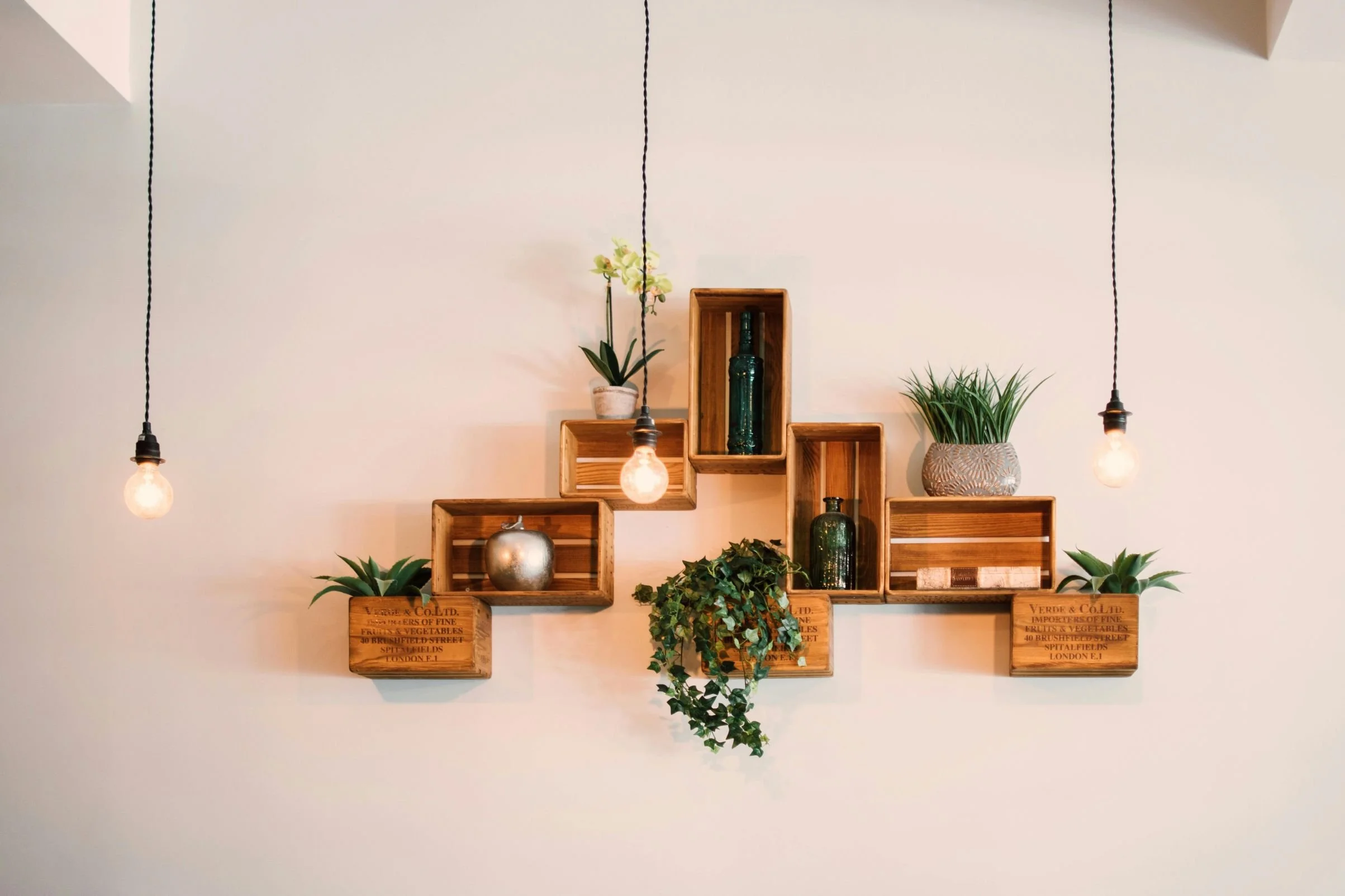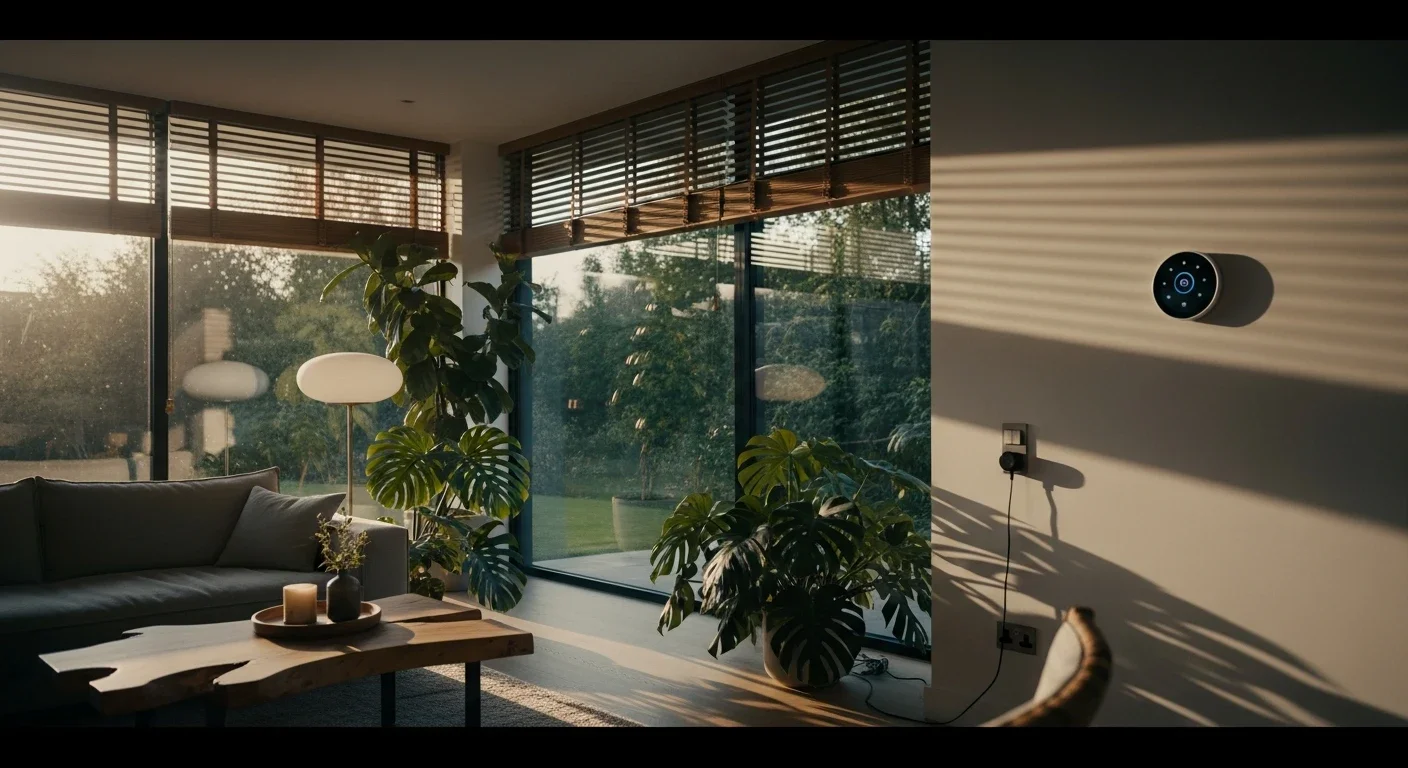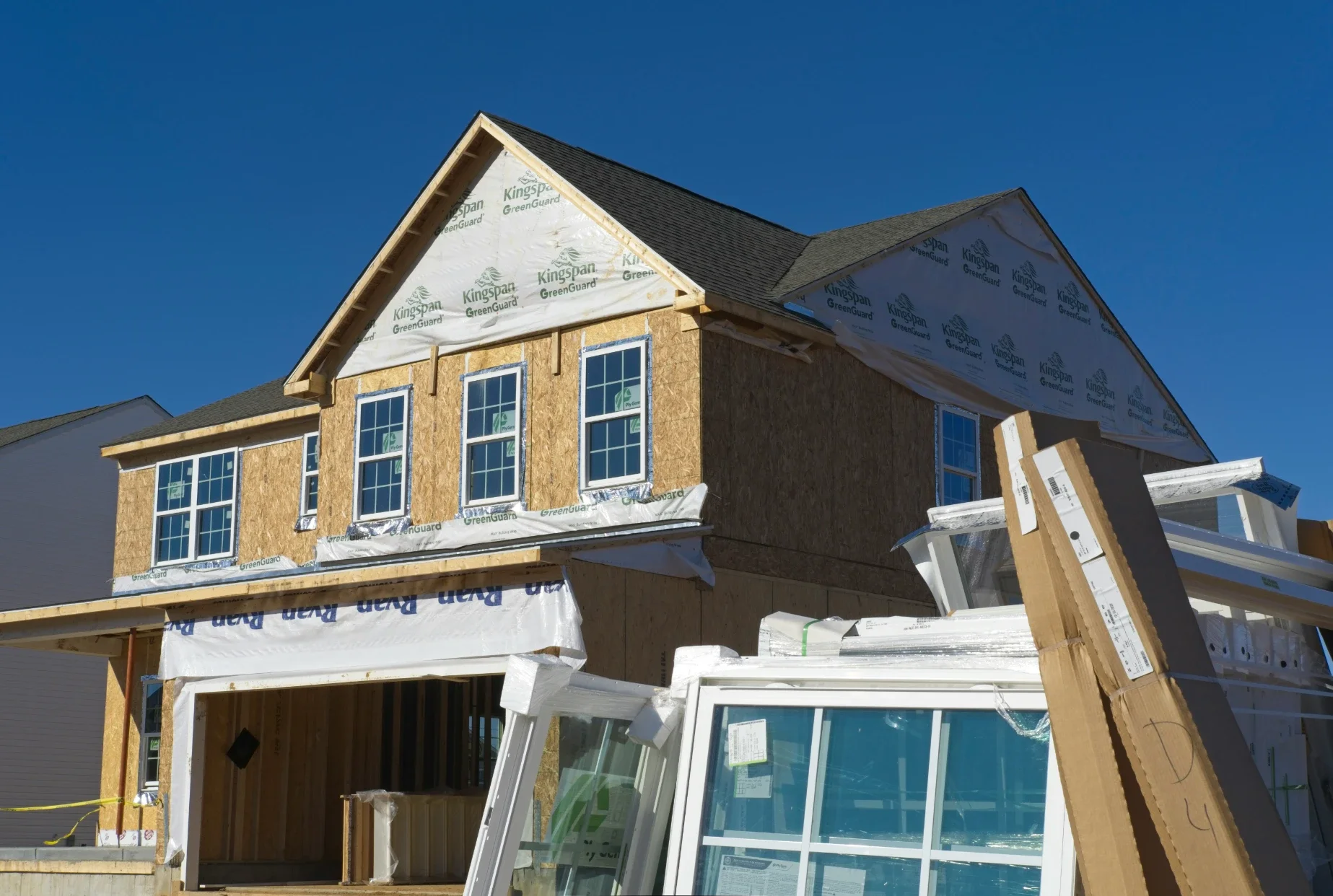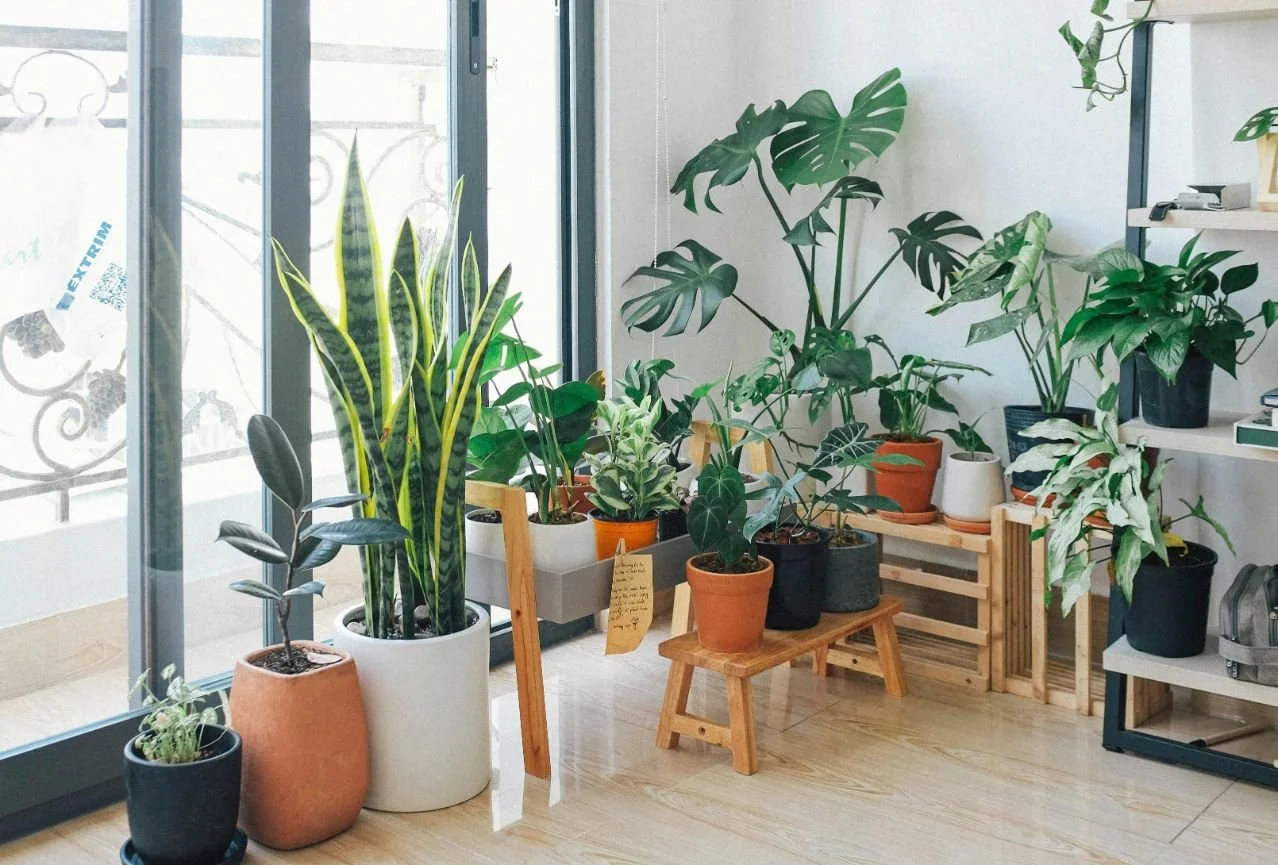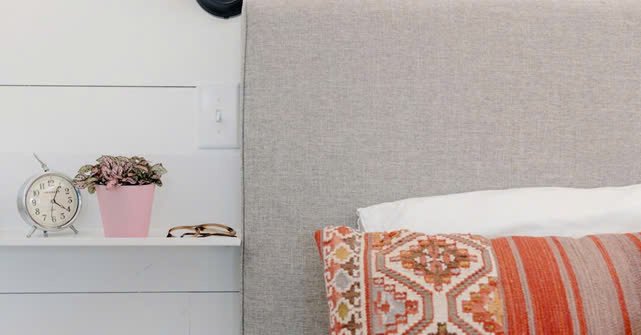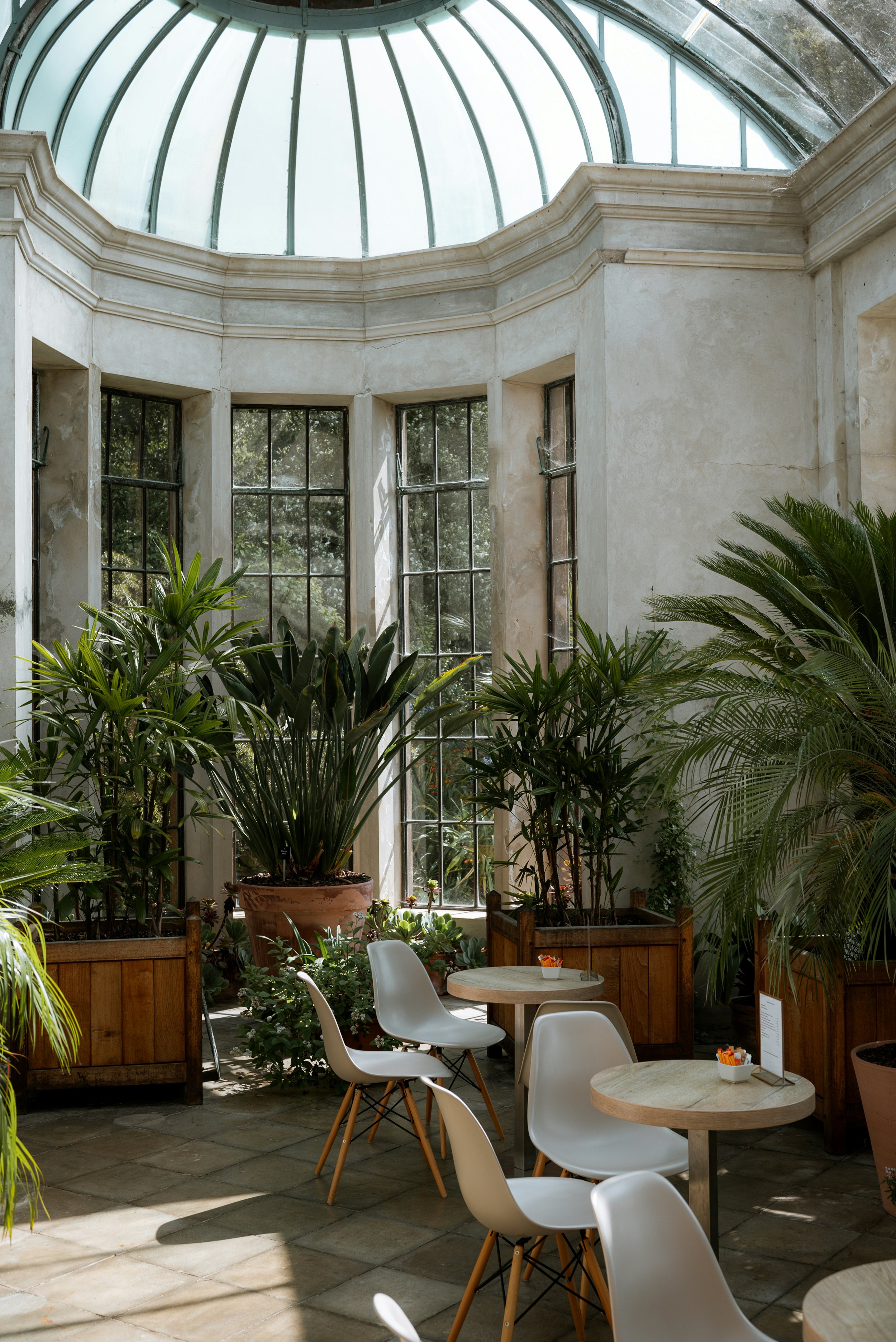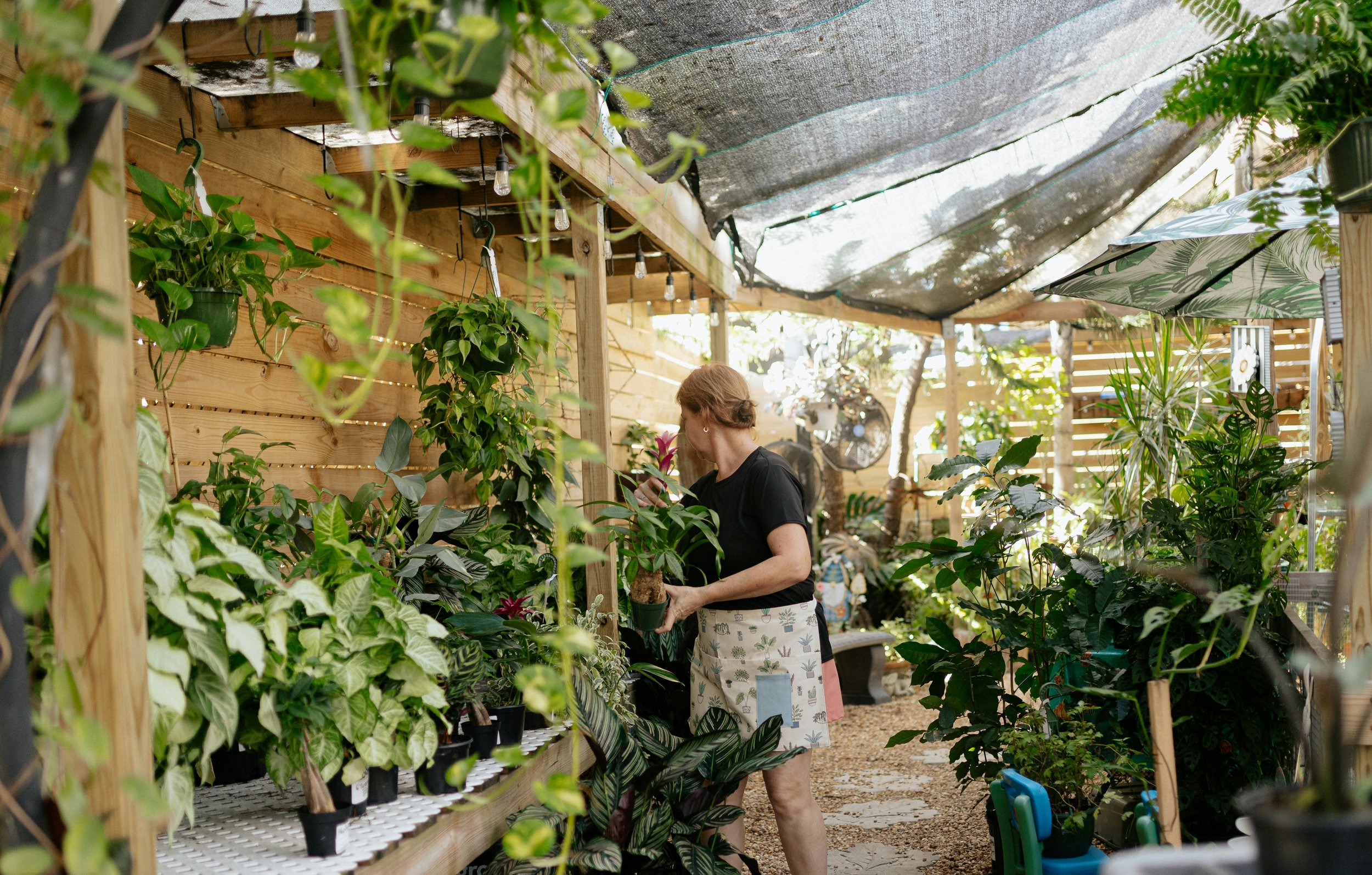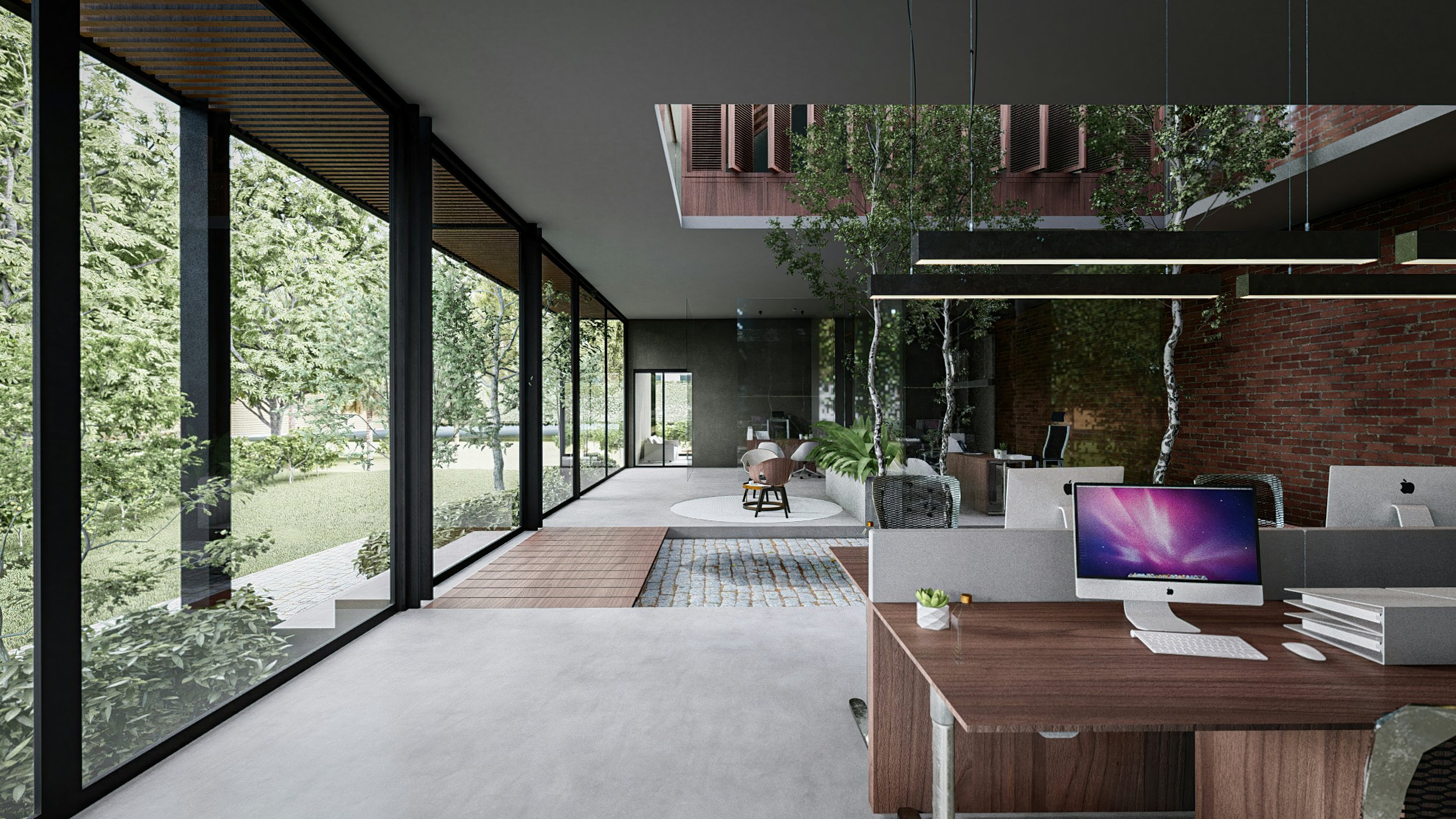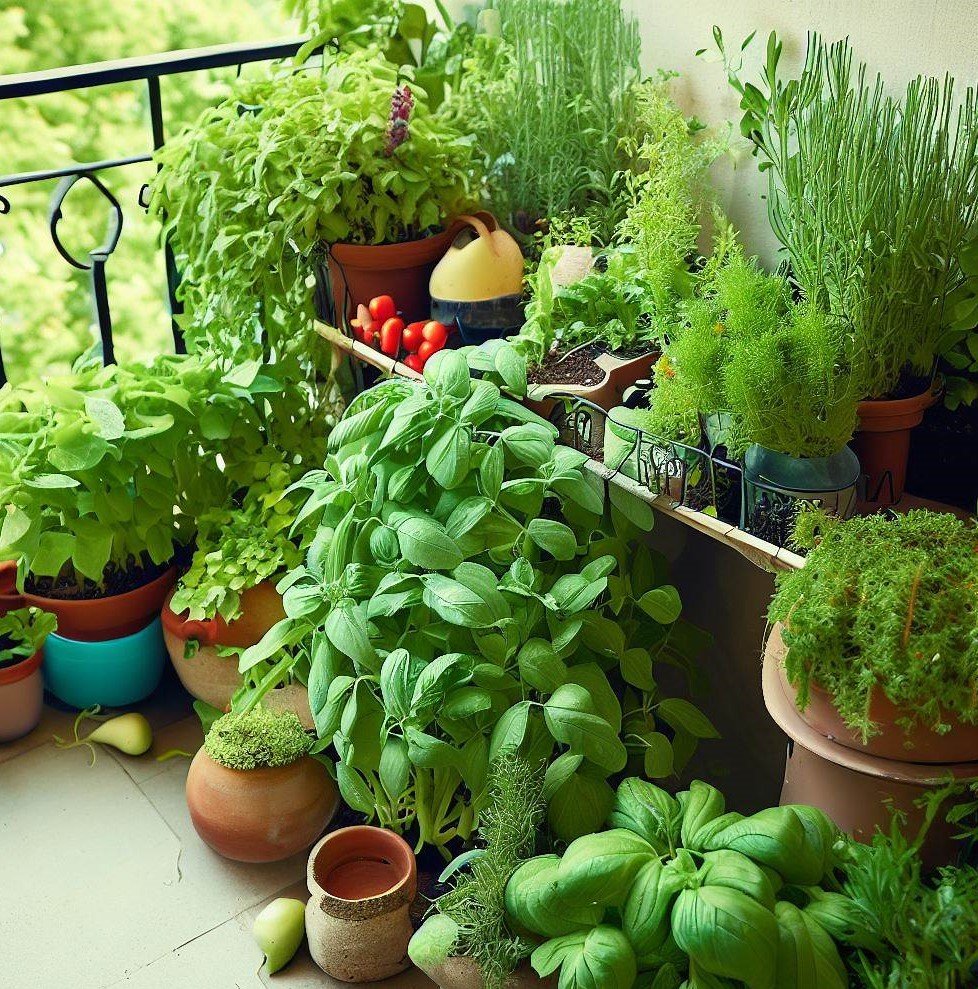Natural Elements That Make Homes Feel Healthier and More Grounded
Incorporate natural elements like wood, stone, and plants to create a healthier, more grounded living space that nurtures well-being and balance.
Creating a sanctuary in your home involves incorporating elements that resonate with nature. This connection to the natural world can profoundly impact our well-being. Homes filled with natural elements can enhance our mood, reduce stress, and promote healthier lifestyles. Elements such as plants, natural light, and organic materials create an atmosphere that fosters relaxation and rejuvenation. Understanding how these components affect our living spaces empowers us to make conscious choices in home design. By working with nature, we can craft environments that look aesthetically pleasing and create a sense of balance and tranquility. Here are some ways that natural elements transform homes and enhance our everyday lives.
The Power of Indoor Plants
Introducing indoor plants can significantly enhance the ambiance of any room. Plants purify the air, making it healthier to breathe, while adding vibrant colors and textures. Research indicates that simply being around greenery can lower blood pressure and improve mental well-being. Houseplants like snake plants and peace lilies are particularly noted for their air-purifying qualities. They require minimal maintenance, making them ideal for busy households.
Having a variety of plants can create a mini-ecosystem that promotes a feeling of sustainability within your home. As you cultivate these plants, a sense of connection to nature is established, providing a calming influence. When thinking about incorporating natural elements, consider the placement of plants to optimize their benefits. Positioning them near windows allows them to receive adequate sunlight, enhancing their growth and vitality. The inclusion of plants transforms a sterile environment into a thriving, living space.
Utilizing Natural Light
Natural light plays an important role in maintaining a healthy home environment. It regulates our circadian rhythms, influencing our sleep patterns and mood. Homes designed to maximize natural light can lead to increased productivity and creativity. Strategies such as large windows, skylights, and open floor plans can help in capturing and distributing sunlight throughout the space. Areas flooded with natural light feel more expansive and inviting.
Exposure to sunlight can boost vitamin D levels, which are essential for bone health and immune function. Limiting reliance on artificial lighting reduces energy consumption and minimizes the risk of digital eye strain. The benefits of daylighting are particularly evident in spaces dedicated to relaxation, where elevated mood and comfort are paramount. Adding reflective surfaces, such as mirrors, can enhance light distribution, making spaces feel brighter and airier.
Natural Materials in Home Design
The choice of materials used in home construction and decor can significantly impact our sense of well-being. Elements like wood, stone, and natural fibers create a warm and inviting atmosphere. Unlike synthetic materials, natural substances breathe, allowing for a healthier indoor environment. Wood offers visual warmth and carries a unique character that enhances aesthetic appeal. Stone surfaces provide durability and a connection to the earth, while natural fibers in textiles contribute to comfort and coziness.
Emphasizing organic materials fosters a sense of authenticity and reduces exposure to toxic chemicals found in many manufactured products. A well-curated blend of these materials results in living spaces that feel grounded and harmonious. In this context, careful selection becomes essential, as the textures and colors we choose can deeply influence our mood and mental clarity.
Water Features and Their Effects
Incorporating water elements within the home can evoke serenity and a sense of peace. Fountains, aquariums, or even simple water bowls can introduce the calming sound of flowing water. This can mask unpleasant background noises, contributing to a more tranquil atmosphere. Studies have shown that the presence of water features can lower stress levels and enhance focus.
Water elements create a sensory experience that can elevate the atmosphere of a room. Indoor fountains purify the air and add humidity, which can be beneficial in drier climates. They serve as focal points, drawing attention and admiration, while promoting a mindful connection to surrounding elements. Designing spaces with water features can transform ordinary corners into extraordinary retreats, emphasizing relaxation and balance.
Color Psychology in Home Design
Colors possess psychological impacts that can significantly affect our mood and behavior. Selecting the right color palette for a home can create a calming or invigorating environment. Soft blues and greens typically evoke feelings of tranquility, while warmer colors like reds and oranges can stimulate energy and creativity. Wall colors, furnishings, and decorations contribute to creating a cohesive atmosphere.
Natural hues, reminiscent of earth and sky, tend to foster feelings of stability and comfort. When choosing colors, consider how they align with the emotions you wish to cultivate in your space. Beyond mere aesthetics, color choices can influence mental and emotional health in profound ways. A thoughtfully chosen color scheme beautifies spaces and imbues them with deeper significance.
Outdoor Spaces and Their Integration
Bringing outdoor elements into the home is an effective way to enhance a sense of connection with nature. Seamless transitions between indoor and outdoor living areas can enrich the home experience. Features like patios, balconies, or gardens can be designed as extensions of the living area. They encourage outdoor activities and social interactions while providing a refuge for relaxation. These spaces can be adorned with native plants, providing low-maintenance greenery that thrives in local climates.
Outdoor sections promote physical activity and offer fresh air, important for mental clarity and wellness. Incorporating furniture designed for outdoor use can create inviting zones for leisure and gatherings, maximizing the benefits of these areas. The more we blend indoors and outdoors, the more we cultivate a sense of harmony with our environment.
The Influence of Sound
Sound is an often-overlooked element in creating a balanced home environment. Natural sounds, such as birds singing or leaves rustling, often evoke feelings of peace and relaxation. Integrating sound through thoughtful landscape design can enhance the atmosphere. Elements like wind chimes or outdoor water features can introduce gentle, calming sounds that contribute to relaxation.
Sound can impact productivity and cognitive function because quieter spaces foster concentration, while pleasant ambient sounds can stimulate creativity. Designing spaces that focus on sound can transform everyday activities. Whether through the strategic placement of soft furnishings or the introduction of musical elements, sound plays an important role in enhancing the experience within a home.
From the calming presence of indoor plants to the grounding effect of organic materials and soothing sounds, each component contributes to a more harmonious living environment. By thoughtfully integrating these elements, we create spaces that restore, inspire, and connect us to the natural world. A nature-infused home becomes a true sanctuary that supports a healthier and more balanced lifestyle.

